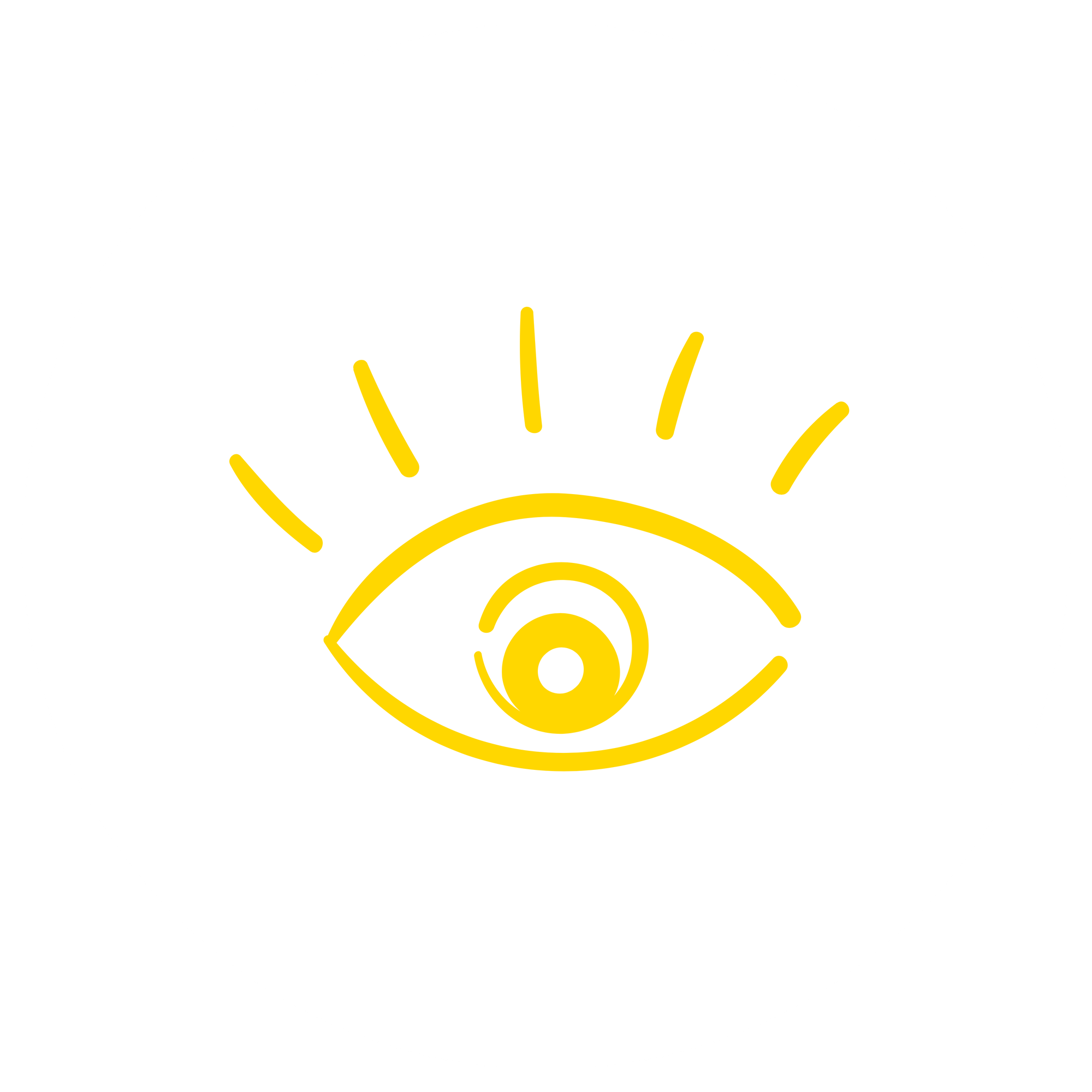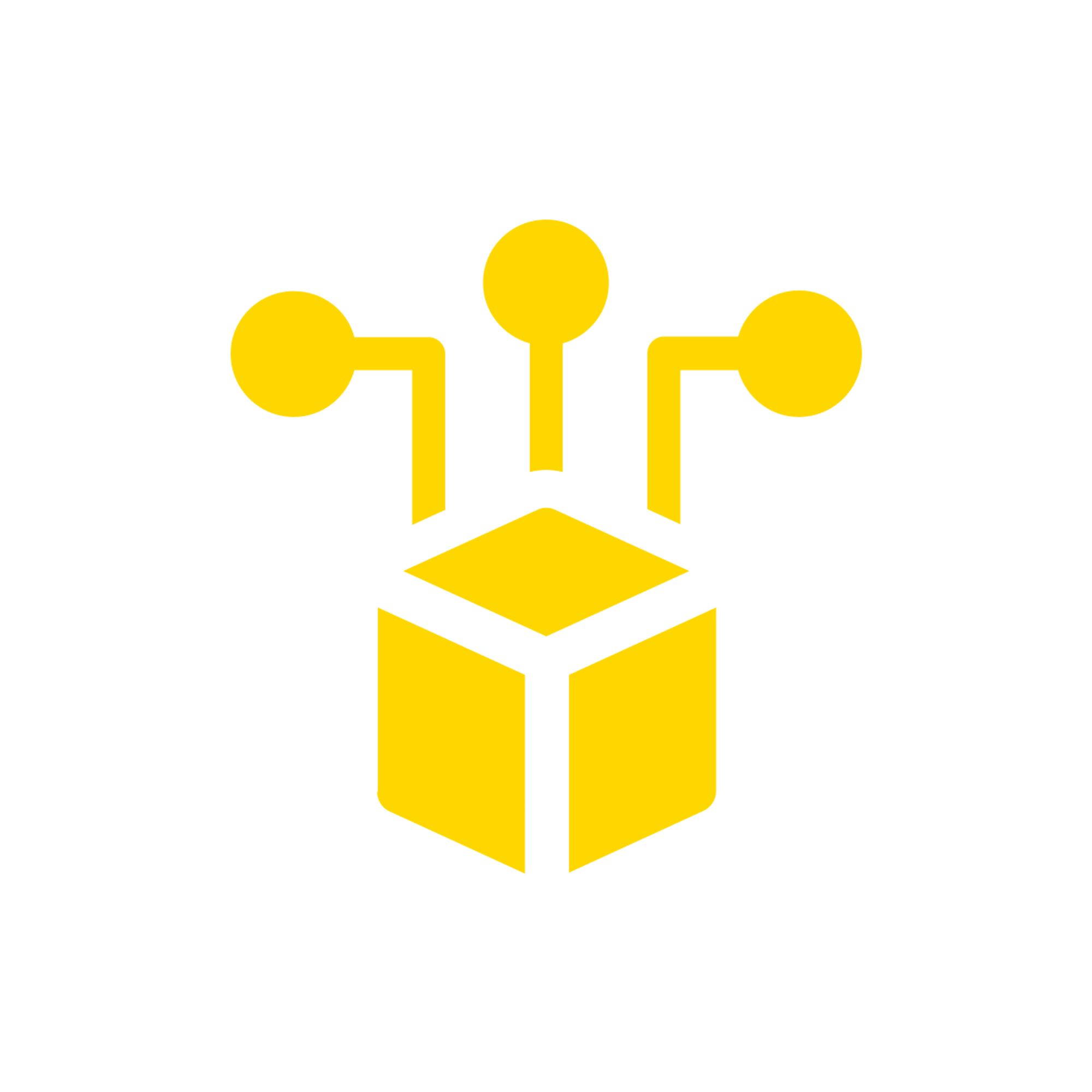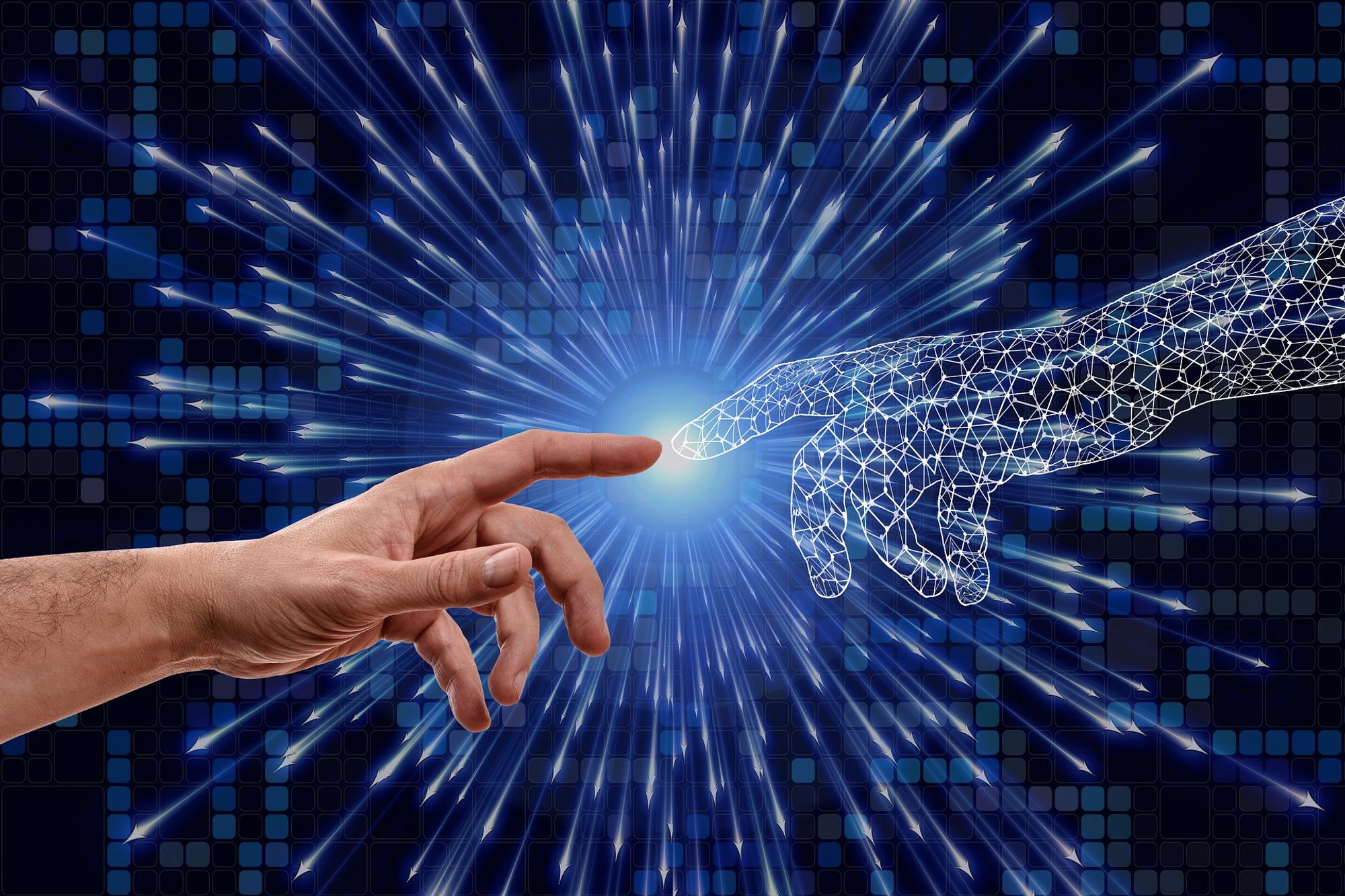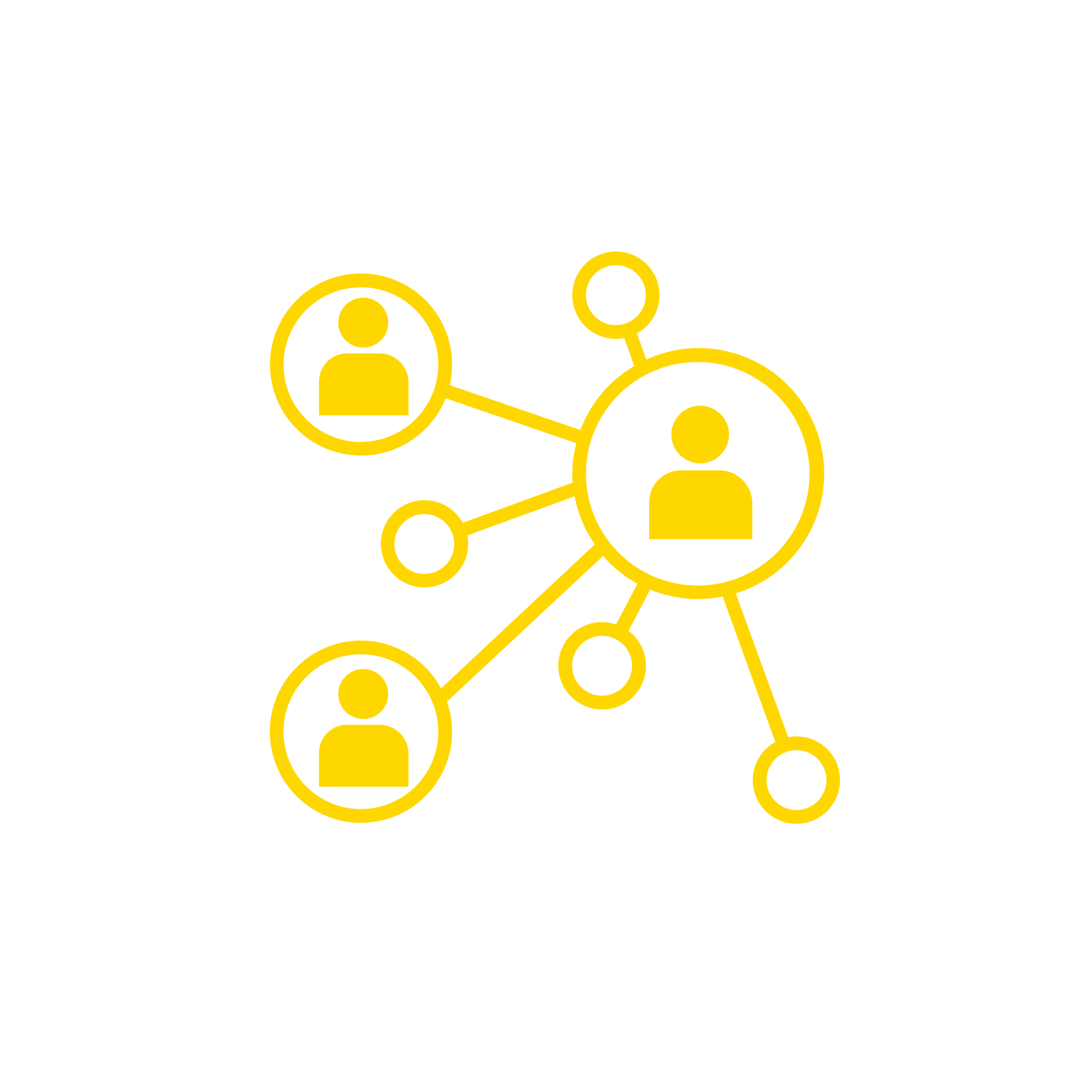Starting with an overview of the key components of the coming decentralized Internet, Awake shows ways through which traditional businesses can approach and apply themselves to the Web3 opportunity.
Web3
The future of the Internet is democratic and transparent empowering new business models based on open and trust-based networks facilitated by brands and organizations. Ultimately, Web3 enables complete decentralization of value creation, and allows for a new form of unbundling and rebundling to occur.
But how to get there from here?
Prosumers and Cosellers
Valuing people as people is a big first step in how businesses view their markets. Consumers move from being naive and willing to ranging from proactive to activist. Ultimately all people are both buyers and sellers and this mid-way persona is a prosumer.
Businesses will deal with prosumers and not consumers. Cosellers are a new form of prosumer that help business on the demand-side.
Transparency and Authenticity
Prosumers and cosellers demand they be treated like partners in the business because they participate in value creation with each other.
The coming Internet values authenticity and uniqueness over mass production and corporate single and double speak. Cosellers and communities will play a big part in defining brands.
Regenerative Economics
A brand is really the community that believes in the product and in the culture of the business and supports it by buying their products and services and by promoting it to their networks. The best brands create a win-win dynamic across the whole extended market network and has multiple channels and hundreds or thousands of advocates.
On the new Internet the top businesses will attract millions of cosellers.
Creators and Influencers
On the new Internet 3.0 every business is part of the creator economy and suddenly artists are not just people looking for work but the voice of the brand and the voice of the community. Liberal arts and philosophy and meaningfulness are no longer other things that do not belong in business but turn natural creativity into people-powered brands.
Art and NFTs
And with art becoming important part of the culture of business and part of the conversations, modern technologies like blockchain enable concrete ways to monetize digital assets. These non-fungible tokens which are similar to cryptocurrencies represent unique and limited quantities of genuine productions of products and services.
NFTs can represent art work but can also represent unique events as they happen in various arenas such as sports and other newsworthy events and pop culture. Businesses can use NFTs to help promote their artists and user-generated content helping drive engagement and co-create things of value.
Money and Crypto
NFTs have another side effect. Their fundamental nature make it possible to measure brand equity using various real-time metrics that relate to communities and markets.
All this economic activity will span various currencies as they already do today for international businesses or those that cater to international clients. In addition businesses will also accept a variety of cryptocurrencies, first because they’re new forms of money, and second because various types of smart contracts grant advantages (such as cash backs) to their users over other currencies.
Businesses would need to incorporate FinTech capabilities and even financial services as a natural extensions of their core business.
Personalized Experiences
How to identify loyal customers and reward them? If a business cracks this nut their hope for a perpetual motion machine comes true as their happy customers do more business and refer more customers and profits continue to increase allowing investments in innovation and better service.
And as data begins to speak and businesses are able to serve their customers in more and more personalized ways, they can use NFTs to unlock special deals and experiences for their best customers, their top partners, and their community in general.
Smart money (crypto) can be programmed to automatically grant access to the right people and loyalty programs can be turbocharged by AI.
Customers and Investors
On the coming Internet 3.0, businesses may have their top customers also be investors in their company. True community-driven brands imply that the notion of crowdfunding is a natural side effect of driving audience and fans.
The new Internet blurs the line between consumers, professionals, and now investors.
Future of Work
As gen-z and even millennials question the traditional view on 9-to-5 jobs and hierarchical organizations where they have little creative freedom or control of their lives, the #YOLO movement has taken a firm hold as evidenced by The Great Resignation.
The future of businesses and employment is about to change in a major way with coops and collaboratives as being more suitable for the modern gig worker who has many interests and wants a flexible schedule and lifestyle.
Future of Wealth
Digital businesses are the future of all industries and platform companies are non-linear wealth generators. The largest networks on the new Internet are going to empower their whole extended supply chain and market ecosystem to generate wealth alongside their own. The fortunes of the community will be inextricably linked to the health of the business and the two shall co-create symbiotically.
Business Stack
And now, how does a business go about implementing ideas from Web3? This section describes a mini-roadmap of going from today’s potentially digital world of Web1 and Web2 to the new Internet economy of Web3 and beyond.
HTTP
The basic layer of the open Internet is HTTP and as one of the oldest protocols is ubiquitous and is not going away any time soon. One can rely on HTTP to exist as the backbone of the Internet economy. If one is looking for a way to interconnect people and processes and things, then one need look no further than gold old HTTP.
Opentangle
Instead of tying oneself to any particular platform (or even blockchain), businesses can remain at the abstract level of interoperability as well as data sovereignty not to mention improving future readiness whether things are Web3 or Web4 or Web10.
Opentangle provides the virtual network abstraction that gives real meaning to the word inter-network. Opentangle infuses the HTTP Internet with Awake Protocols to create a functional Internet that actively works for the user. In this way, Opentangle is the actual inter-network.
Blockchain
A big part of the coming Internet 3.0 economy is supported by cryptography-based infrastructure powering decentralized ledgers. These auditable ledgers provide trust without centralized authorities enabling communities to self-govern and self-organize.
Blockchains also include native digital payments using tokens or coins. Tokens can be fungible like currency or non-fungible for things like unique art or tickets or other specific items of limited quantities.
Protocols
On top of this new infrastructure for the Internet 3.0 economy, anyone can define new structures, workflows, and experiences for any application or business. In other words, folks can create protocols that define their whole industry or any aspect of it.
These protocols are digitized on blockchains and allow participative networks to embody the various participants of the business. Native payments and built-in trust empower open networks powered by such protocols, enabling true decentralization without central authority or control.
Cosellers
One of the key protocols on the Awake Internet is the Coseller Protocol which allows any online user to monetize their content across any social platform or HTTP network on the Internet. This makes them perfect partners to authentic businesses and can co-create value with anyone in a peer-to-peer manner.
Cosellers are influencers / affiliates plus plus and do not need to close a sale in order to get paid, instead get paid for all clicks that lead up to a purchase, whenever they happen, wherever they happen. In the new Internet 3.0 economy, any online user can be a seller but all users are cosellers to all sellers across all networks.
Networks
The Internet is full of networks that can talk to each other, and now with Awake Internet Protocols, they can cooperate in ways that co-create value for each other. These networks create value through decentralization by enabling value co-creation directly between their members.
With blockchain and FinTech these networks turn into regenerative economies that connect buyers and sellers with each other across resellers and marketers.
Businesses
Entrepreneurs and corporates finally have all the lego blocks to construct modern social market networks, leveraging the new Internet 3.0 and decentralization to co-create value with global partners and cosellers.
On the Internet 3.0 economy, networks are natural structures for any business, and native commerce for digital natives is organic and natural. This type of true social commerce empowers communities to grow and thrive.
The Ladder
This diagram may be helpful to see how the path fits together from the bottom layers acting as strong foundations to the layers above:
[ Internet Brands ]
[ Awake Networks ]
[ Awake Cosellers ]
[ Awake Protocols ]
[ Blockchain Networks - optional ]
[ The Intergraph ]
[ HTTP ]
[ ISP ]
The Web2.5 Ladder: Empowering Web3 for Corporates.
Steps
To follow in a serial or parallel manner:
Step A. Social Network
Launch a basic social network powered by MainCross or WordPress or Awake Network Protocol
Step B. Cryptocurrency
Launch reward coin pegged at currency of record (example 1:1 dollar peg for loyalty program for US audience). Also launch utility token for payments for businesses to pay for platform fees and similar charges, this is not pegged at any price, and has benefits for token holders and investors.
Cryptos should be usable for various transactions and fees across the business and the extended market network and should confer benefits to the buyers when they use this form of payment than any other.
Step C. NFTs
Launch digital art powered by relevant artists and also for user-generated art, important events, etc. These NFTs benefit the creators and also the community through direct sharing of profits and also through halo effect and association.
Step D. Social Market
Start social commerce through a global B2B2C model allowing all members of the community to benefit and earn money which is directly deposited in their wallet.
Step E. Brands
Invite relevant brands and makers of products and services into the community allowing customer relationships to be developed and for social commerce to emerge.
Step F. Media Networks
Invite relevant media companies and news organizations such as magazines and apps that drive awareness and customers and resellers into the business in return for a healthy share of profits.
Step G. Influencers
Invite relevant influencers to become ambassadors and assign them a certain percentage of all sales that originate within their referral network.
Step H. Cosellers
The next step is to recruit cosellers by offering commissions while retaining a small percentage of gross sales for the business. This makes the business a platform that allows others to earn on the Internet.
Step I. Consumers
Cosellers bring in consumers and buyers not only because they earn money on all referrals and introductions but also because they gain reputation.
Step J. Experiential Retail
A key enhancement of the business is to make it personalized and experiential focused on whatever vertical it is operating in. For instance, for fashion one can imagine live shopping and virtual try on powered by AI. On the other hand, the wine/spirits vertical would include tasting events and entertainment shows.
Step K. Crowdfunding
In order to raise capital to expand the business, one can go to traditional investors or one can tap into one’s own community and broader amateur investors and angels through crowdfunding. The power of networks and large numbers can raise a lot of money for businesses very quickly.
On the new Internet, customers often become natural investors in businesses they perceive as authentic and win-win.
Web2.5
While the good times are coming they may be a good time coming and in the mean time, the new will coexist with the old. Businesses will have to keep a foot in the old web2 world and one in their web3 universe.
While the age of metaverses is here the very fact that there will be so many of them means that businesses will have to stay meta and stay functional across all web2 platforms and web3 blockchains.
With great affection, we call this fusion of the old and the new: Web2.5.




